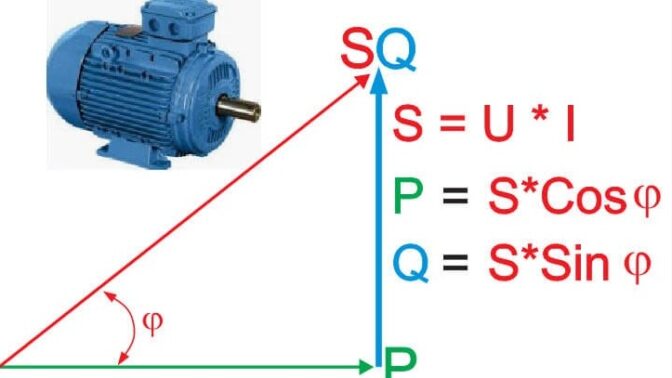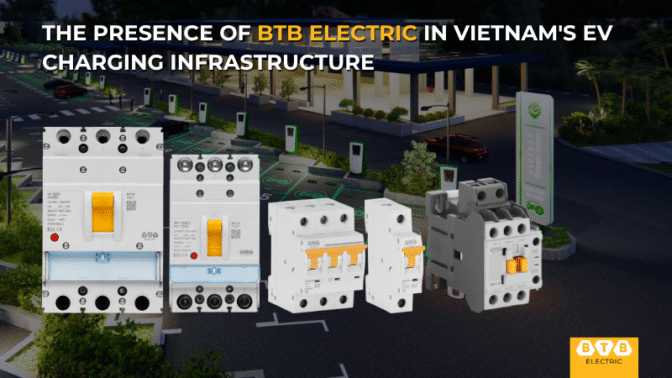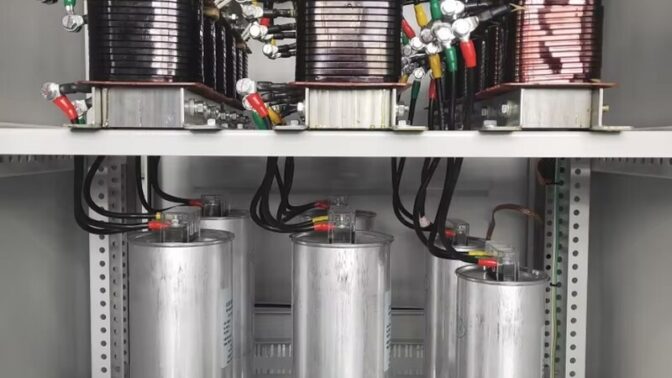24-12-2025
Relationship between capacitor power output and voltage
Capacitors are crucial components in both industrial and residential power systems. They are widely used for reactive power compensation, voltage stabilization, transmission loss reduction, and power factor improvement. However, the performance of capacitors greatly depends on operating conditions, particularly the voltage supplied to them.
In practice, grid voltage is not always stable and may fluctuate within a certain range. These fluctuations directly affect the reactive power output of the capacitor, which in turn impacts compensation efficiency as well as equipment safety and durability.
Theoretical Background
In an AC circuit, the reactive power QQQ supplied by a capacitor is calculated by the formula:

Where:
- Q: Reactive power (var)
- U: Voltage across the capacitor (V)
- f: Frequency of the current (Hz)
- C: Capacitance (F)
As voltage changes, reactive power changes proportionally to the square of the voltage. This relationship is also expressed as:

Where:
- QR: Actual reactive power at system voltage
- QN: Rated reactive power at rated voltage
- US: System voltage
- UN: Capacitor’s rated voltage
This demonstrates that even a small voltage fluctuation can cause a significant change in the capacitor’s power output, which can affect both compensation performance and system safety.
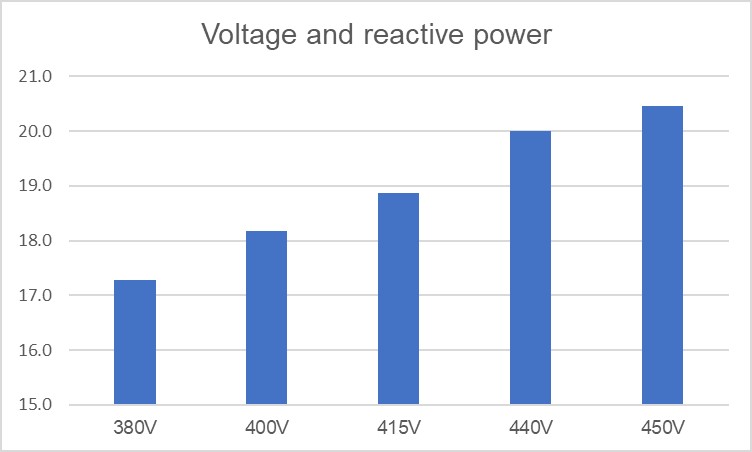
Selecting Appropriate Capacitor Voltage
When voltage increases:
- Capacitor power output exceeds design values → risk of over-compensation, leading to increased system voltage.
- Higher current through the capacitor → increased heat, reducing capacitor lifespan and possibly causing explosion.
- Risk of equipment damage due to overvoltage.
When voltage decreases:
- Capacitor supplies less reactive power → overall power factor drops.
- May result in penalty charges for not meeting the required power factor (typically ≥ 0.9 or 0.95, depending on the country).
- Compensation becomes ineffective → affects power system stability.
How to choose the right capacitor voltage:
Depending on the country, system voltage may vary. In this article, we assume a 400V power system. Manufacturers typically offer capacitors rated at 415V or 440V for use in such systems.
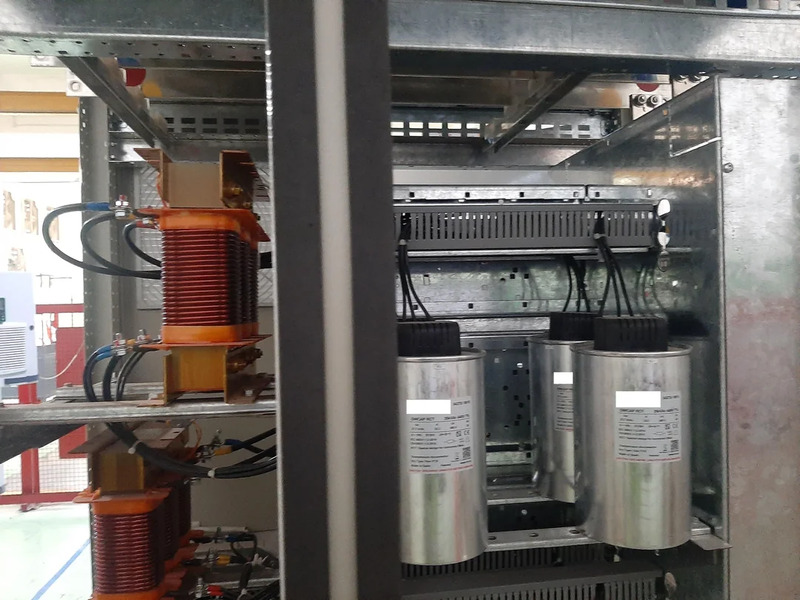
Recommended selection:
- 415V capacitors: Suitable for “clean” power systems with low harmonic distortion (THDu < 2%).
- 440V capacitors: Recommended for systems with moderate harmonic distortion (THDu 2–4%) or when capacitors are combined with 6%–7% reactor filters.
Capacitors play a key role in reactive power compensation. However, since their output varies with the square of the applied voltage, it's essential to consider actual voltage levels during selection and operation.
Designing, sizing, and monitoring capacitors must account for voltage fluctuations to prevent issues such as over-compensation, overheating, shortened lifespan, or decreased system efficiency. The use of modern, intelligent control devices is becoming an essential trend to ensure stable, efficient, and safe operation of electrical systems over time.

